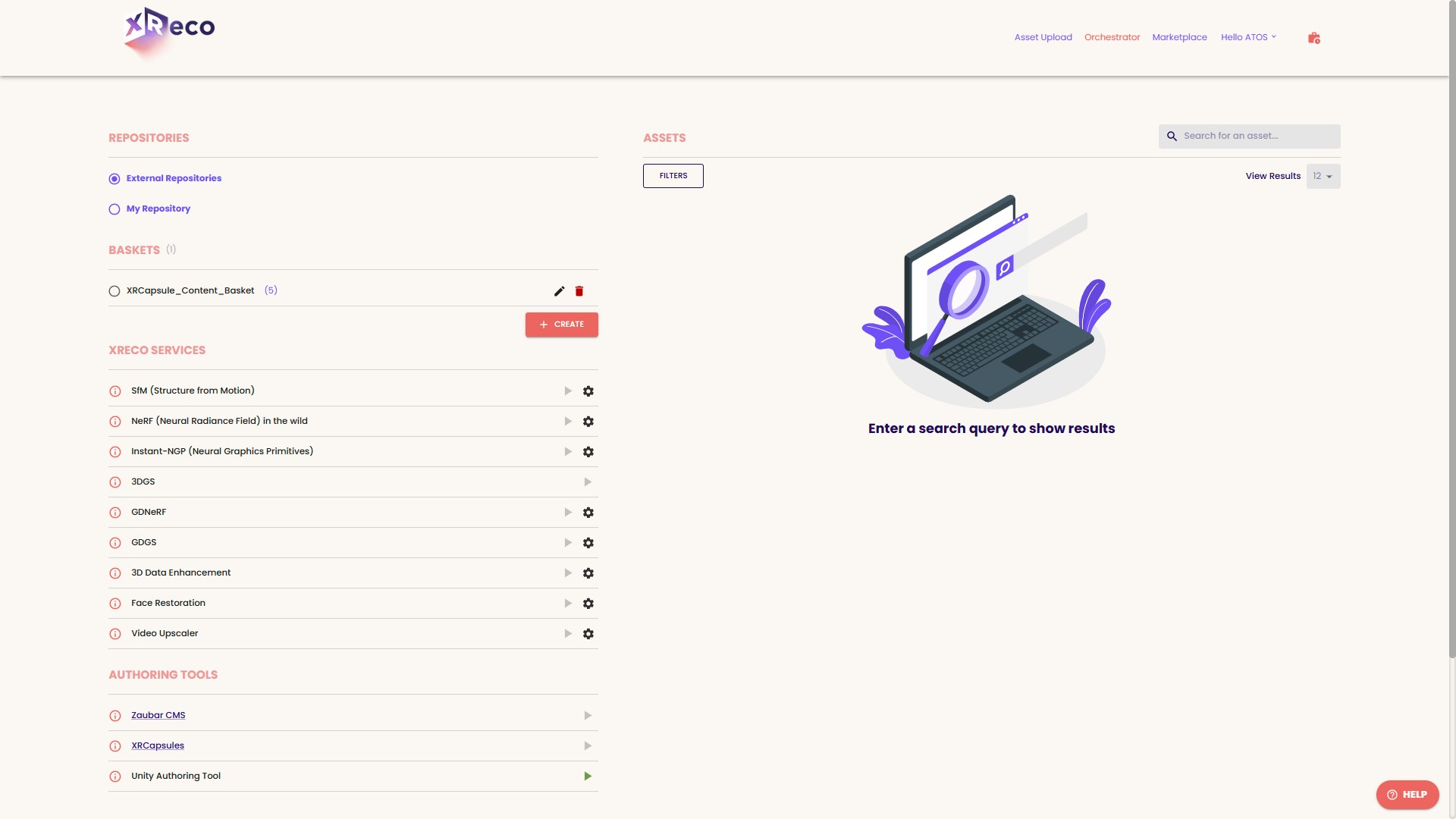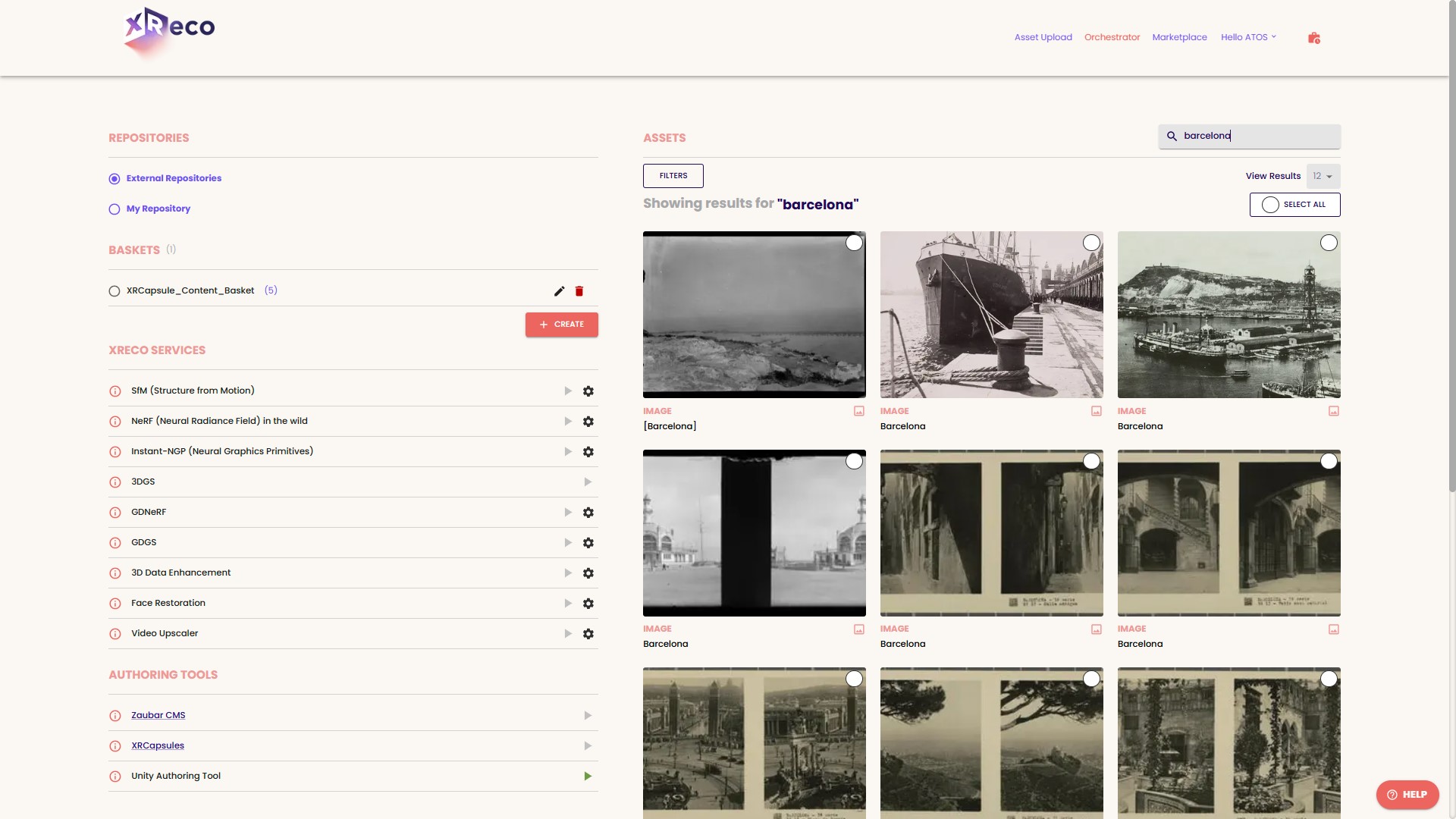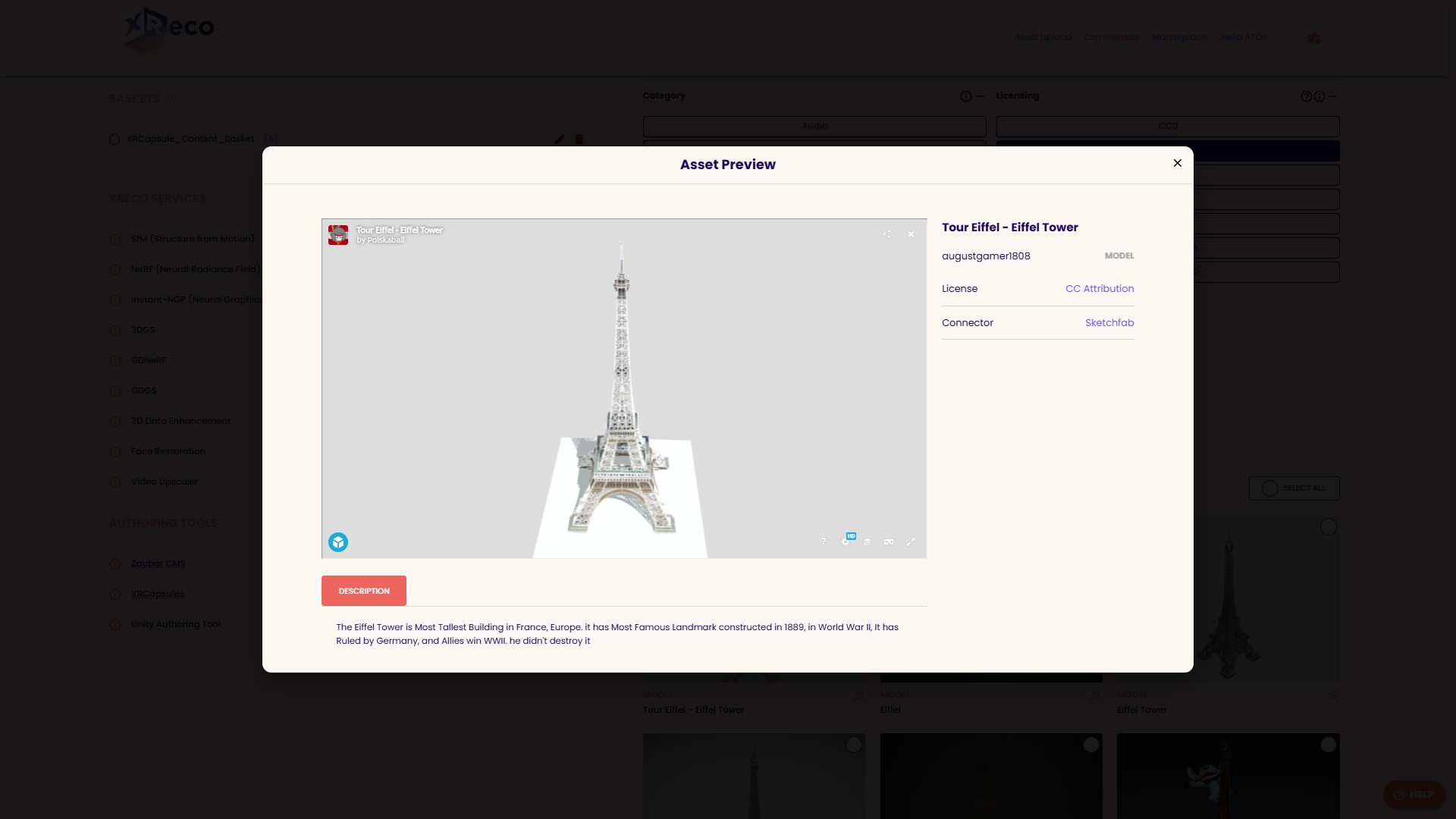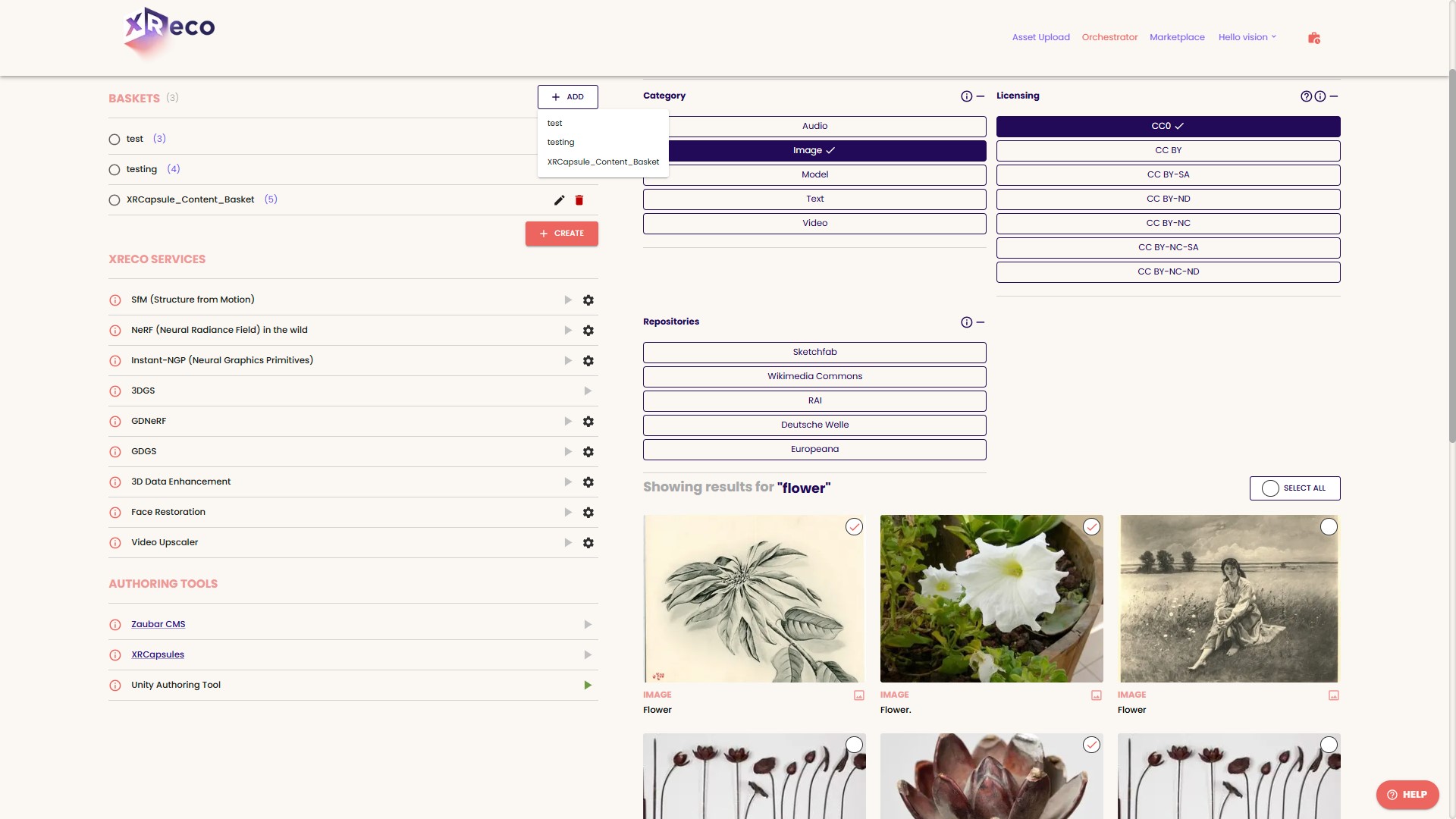Discover how the XReco project is reshaping the future of multimedia content—with AI-powered tools, smarter search technologies, and semantic innovation that promise to revolutionise how media professionals find, manage, and reuse content across platforms and formats.
Introduction: Navigating a New Era of Content Discovery
As digital multimedia contents become increasingly complex and multimodal, organisations in the Media and Creative industry face growing challenges in managing and reusing information spread across multiple formats, languages, and platforms. In this context, the European research project XReco is tackling this challenge head-on—exploring how artificial intelligence, semantic technologies, and distributed architectures can help us better understand and integrate multimedia content. ATOS is an active partner in this journey, leading the development of one of the project’s core components while keeping a close eye on how XReco’s broader technology brings an added value to ATOS customers creating long-term value across verticals.
Turning Research into Opportunity: The XReco Toolbox
The EU-funded XReco project isn’t about developing a single platform. XReco’s ambition is to offer a collection of tools, technologies and services that together open up new ways of working with multimedia content. There’s a bit of everything in the mix: AI tools that can spot patterns across text, images, and video; services that help enrich or align metadata; knowledge graphs that connect related pieces of content; and search frameworks that let users dig through distributed data without needing to unify all in one place. Some of these tools are being designed with media professionals in mind, but the potential goes far beyond that. Whether they are public services trying to make sense of vast archives, educators looking to reuse rich media materials, or industries dealing with fragmented operational data—XReco lays the groundwork for smarter, more connected content. For ATOS, this opens the door to new digital services that bring more intelligence and agility for its customers to manage information. From enhanced search capabilities in enterprise platforms to AI-assisted data integration in smart city or industrial environments, the technologies emerging from XReco align closely with ATOS’ broader mission: helping organisations turn complex data into actionable value.
ATOS and the Metasearch Service: Connecting the Dots
Within the XReco project, ATOS has developed a Metasearch Service, a platform that allows user search across multiple media archives and data sources from a single access point. It doesn’t replace existing systems; instead of that, it connects them. The service helps users find relevant content even if it’s stored in different formats, annotated differently, or located in multiple repositories. This is particularly useful in fast-paced environments like newsrooms, where professionals need quick access to verified content from different sources and stored in different locations. But its benefits are also being explored in broader multimedia-related settings. Beyond the metasearch functionalities, ATOS is studying how other project outcomes such as content enrichment, knowledge graph building, or cross-modal linking can be integrated into future digital services or adapted to ATOS customer’s needs.
The reconstruction of the arch is based on a number of 2D photos produced with a regular camera – pretty much any tourist could take them – and turned into a 3D model with the help of XReco’s Structure from Motion (SfM) tool on the XReco web platform.
The goal was to explore how to make the most of the spatial dimension of the model within a virtual production – with different production technologies and budgets. First, we wanted to create a life-sized 3D model of the Valentino Arch as a virtual set and have a news presenter walk through it while talking to the viewer. We chose an open building structure where the presenter can stand inside and even walk through the arch (even though the physical room in the “real world” only allowed for a few small steps).
Moreover, we built an additional virtual studio in which more 3D models of significant monuments, also produced by XReco, are inserted onto a rotating platform and showcased by the presenter. Keep reading to see the results.
Turning Innovation into Opportunity: Two Key Enhancements
This release is not about a single feature; it’s about strengthening the entire ecosystem with smarter ranking and self-maintaining infrastructure.
AI-based Ranking Agent
Relevance is no longer just about keywords. The new AI-based Ranking Agent is a multimodal re-ranking service that integrates scores generated by an advanced AI model with those from our existing text-based ranker. This allows the system to go beyond surface-level matches, understanding deeper patterns in text and media, and surfacing the most contextually accurate results. Whether it’s combining semantic meaning, user intent, or cross-modal signals, this agent ensures that the best answers rise to the top.
Garbage-Collection Workflow
Behind the scenes, performance matters just as much as relevance. To keep the system clean and predictable, the Metasearch has introduced an event-driven Garbage-Collection Workflow. This maintenance microservice automatically removes stale connector responses, outdated cached embeddings, and orphaned thumbnails. The result? Deterministic latency, bounded storage growth, and a more reliable platform even as data volume continues to scale.

Figure 1: XReco Repository Search – Empty State View

Figure 2: Search-Results-for-Barcelona

Figure 3: 3D-Model-Preview-Eiffel-Tower

Figure 4: Search-Interface
What’s Next: From Lab to Market
Although XReco is a research project, it’s grounded in real-world relevance. For ATOS, this means:
- Exploring pilot cases where emerging tools can be tested and refined and be in touch with key industry representatives from different verticals.
- Building internal knowledge on cutting-edge AI and semantic technologies.
- Identifying where, and how, these novel results could evolve into future services.
The key is to engage early—whether by testing prototypes, sharing feedback, or aligning research outcomes with sectoral challenges. By staying close to the development process, ATOS ensures it’s ready to act when these technologies reach maturity.
About The Author Atos
This article was written by the ATOS Research & Innovation team, which conducts applied research in artificial intelligence, data technologies, and digital platforms. The team collaborates in European and international projects to explore emerging technologies and transfer research outcomes into real-world applications.


Follow XReco!